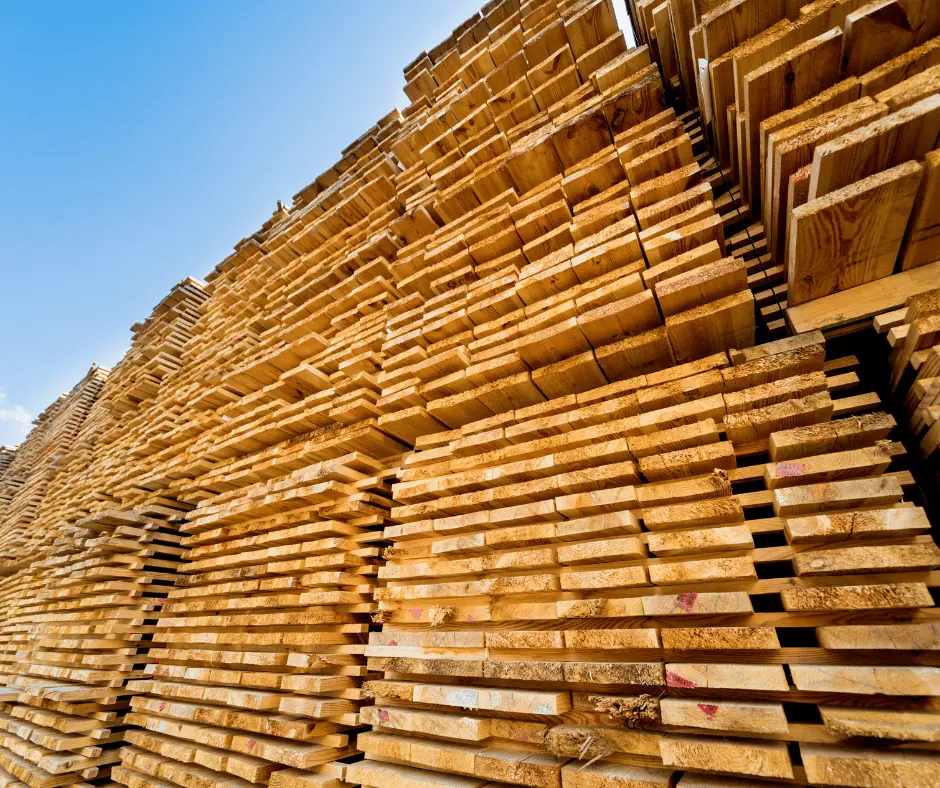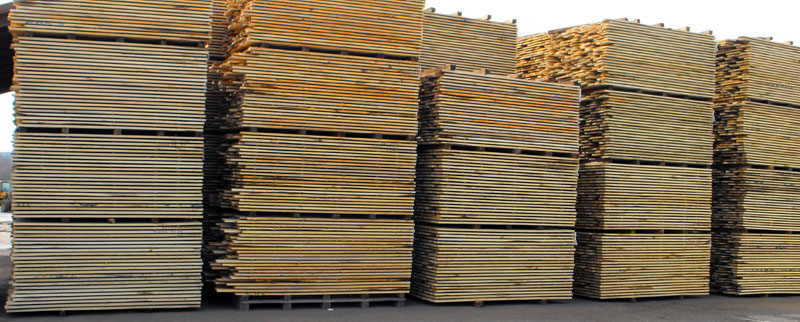People primarily use this antique wood for Kiln Drying Reclaimed lumber decoration and home building. For instance , common applications include siding, architectural details, cabinetry, furniture, and flooring.
Overlogging and disease have limited woods like western redwood, Longleaf Heart Pine, and American Chestnut to reclaimed lumber. As a result , these species are now highly sought after for their unique qualities. Barns, especially those built around the 19th century, serve as a key source of this wood. Early barns used hand-hewn beams, while later barns used beams made by sawmills.

Kiln Drying Reclaimed Lumber
Reclaimed Lumber is Inherantly Eco Friendly
The Leadership in Energy and Environmental Design (LEED) Green Building Rating System is the USGBC’s benchmark for green buildings. Specifically , it guides designing, building, and operating eco-friendly structures. To become certified, projects must first meet the prerequisites set by the USGBC. Additionally , projects must earn credits across six categories: sustainable sites, water efficiency, energy and atmosphere, materials and resources, indoor environmental quality, and innovation and design process.
Reclaimed lumber is LEED certified.
Kiln Drying Reclaimed Lumber Benefits, Process
Projects can earn LEED certification credits by using reclaimed wood because it qualifies under the ‘materials and resources’ criteria as recycled content. Additionally, some reclaimed lumber is FSC-certified, which allows projects to earn credits under the ‘certified wood’ category.
Reclaimed Lumber is Stronger and More Durable
People choose reclaimed lumber for its unique appearance, strength, stability, and durability. Experts believe reclaimed wood’s strength comes from fewer air pollutants before the 20th century. These trees grew in virgin forests for centuries with slow, natural growth. Consequently , their wood is often stronger and more stable than modern timber.Newly sawn lumber exhibits this trait more inherently than reclaimed lumber. Reclaimed lumber has already gone through expansion and contraction many times, making it more stable.
Using Reclaimed Lumber
People can use reclaimed lumber in its aged, rustic form or resaw it into high-quality boards. Sawmills often saw reclaimed beams into wider boards than modern trees can provide because of the larger size of virgin timber.

Benefits
Kiln Drying Reclaimed Lumber Benefits, Process
The most common reason reclaimed lumber should not go straight from the barn into your home is insects.
In either case, you must take some precautions when using reclaimed lumber in your project.Reclaimed lumber can contain foreign metal objects.
In some cases, manufacturers may have treated reclaimed lumber with unknown compounds that could pose environmental or health risks. Therefore , it’s crucial to assess the wood carefully before using it in your project.
For information and pricing on drying kiln-drying your reclaimed lumber call Timber Works today.
References
1: Usgbc: Leed


Comments 2
Is there a way to tell if your reclaimed timbers have been kiln dried? Would the hay and straw in the cracks essentially “burn up” or would it still be present after the kiln?
Author
The straw would definitely not burn in the kiln. It only reaches temps of around 150 or 160 degrees Fahrenheit.